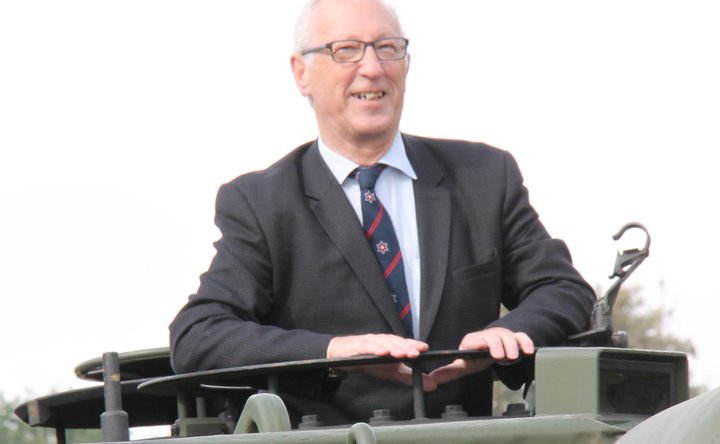Rheinmetall predicts NATO demand for hundreds of Panther KF51 tanks
Rheinmetall aims to capture a significant slice of the market for replacement MBTs in the 2020s and 2030s with the KF51 Panther. (Photo: Rheinmetall)
One of the highlights of June's Eurosatory 2022 event in Paris was the unveiling of the Rheinmetall Panther KF51 main battle tank (MBT), which the company developed as a private venture to meet expected future operational requirements.
Rheinmetall sees a potential NATO market for between 500 and 800 Panther KF51 MBTs in the 2025-2035 timeframe with an even larger market of between 5,000 and 8,000 from 2035 onwards, and the company expects to capture a significant slice of this.
France and Germany are currently working on the Main Ground Combat System (MGCS) to replace the Leclerc and Leopard 2 tanks respectively,
Already have an account? Log in
Want to keep reading this article?
More from Land Warfare
-
![British Army defeats swarm with Thales radio frequency anti-drone system]()
British Army defeats swarm with Thales radio frequency anti-drone system
Developed by a Thales UK-led industry consortium, the demonstrator has been designed to explore the potential of radiofrequency weapons for the UK Armed Forces and is being trialled by the British Army.
-
![US approves $825 million sale of Stinger Block I missiles to Morocco]()
US approves $825 million sale of Stinger Block I missiles to Morocco
The 600-missiles will be used to expand the Moroccan armed forces’ short range air defence capabilities.
-
![Hanwha Aerospace to jointly produce guided missiles in Poland]()
Hanwha Aerospace to jointly produce guided missiles in Poland
The joint venture between Hanwha Aerospace and Poland’s WB Group will see them locally produce CGR80 missiles for the Homar-K multiple rocket launch system, with the first batch produced by 2028.
-
![BAE Systems takes another step towards restarting M777 howitzer production]()
BAE Systems takes another step towards restarting M777 howitzer production
The M777 155mm lightweight howitzer is in service with more than six countries and has been heavily used in Ukraine. The latest contract is part of an effort to restart the manufacture of M777 towed howitzers.























